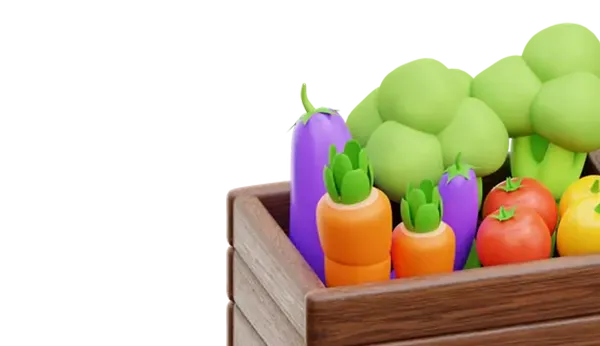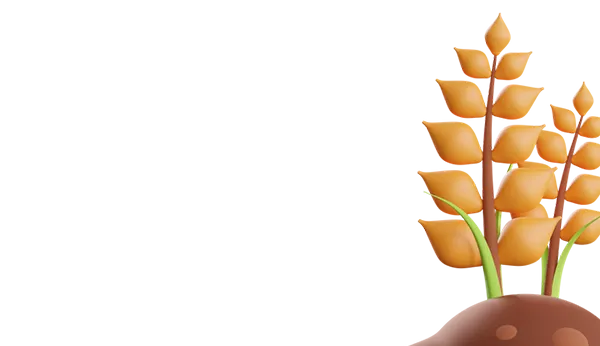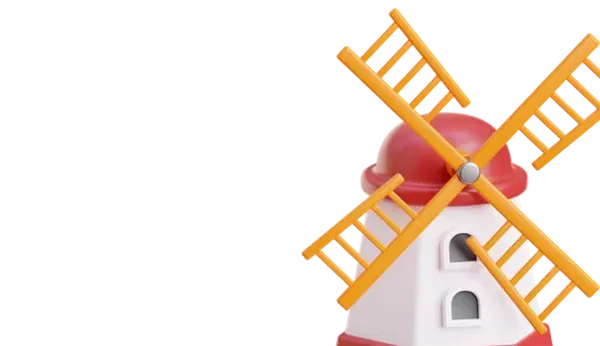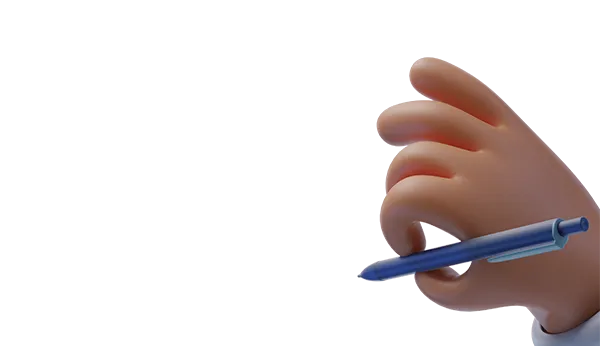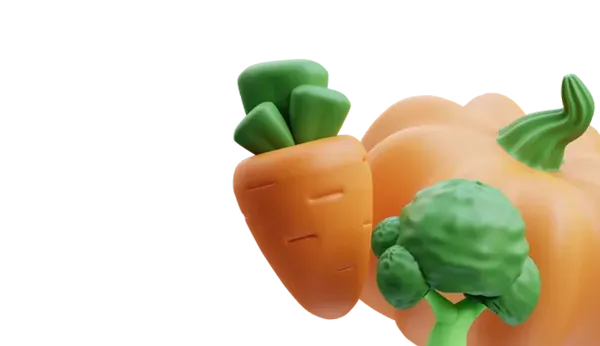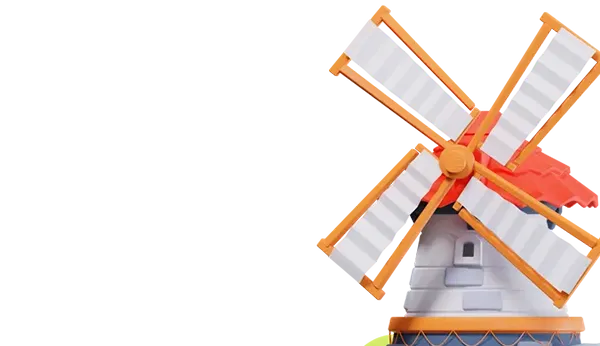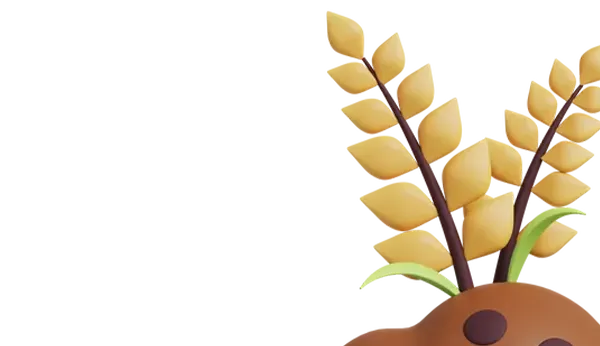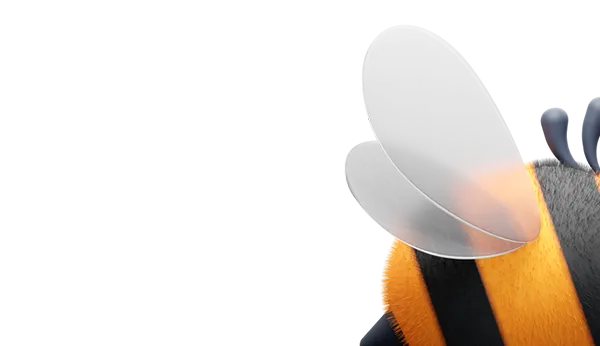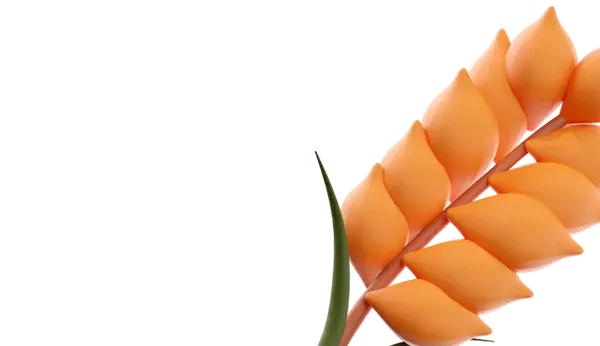Currant is one of the most popular shrubs that are often grown in country plots in the central part of Russia. Its berries have high nutritional value, rich in vitamins and minerals. However, to obtain a plentiful harvest, it is important to protect the bush in time from diseases.
What diseases can affect currant
American powdery mildew manifests as a white coating on the berries and shoots, which over time darkens and hardens, turning into a crust. This disrupts the development of shoots, and the leaves begin to wither.
Septoria (white spotting) manifests itself by the appearance of brown and then dirty-white spots on the leaves and berries of the currant. The leaves dry out and fall early, affecting the bush's growth and negatively impacting the next harvest.
Anthracnose is a disease characterized by small brown spots about 1 mm in diameter on the lower leaves. The leaves begin to wither and fall prematurely, leaving only young shoots. Due to the infection of the berry stems, the berries can also fall off.
Rust. In the middle of summer, yellow spots appear on the upper side of the leaves, and bright orange spots on the underside. The infection penetrates through the lower side of the leaf. With a severe infection, the leaves become dark, dry out, and fall off early, weakening the bush and negatively affecting the current and future harvests. Often, neighboring coniferous plantations are the source of infection.
The development of these diseases is accelerated due to dense planting and water retention on the leaves. To ensure good air circulation, it is necessary to thin out the bushes. Any identified infected branches should be promptly removed. Garden tools should be regularly disinfected. In autumn, it is recommended to burn the fallen leaves from the diseased bush, and the optimal time for spraying comes in spring before currant flowering.
How to treat currants for diseases
Topaz. Provides protection against powdery mildew and rust. It penetrates the plant quickly and is not washed off by rain. After 3 hours, it stops the development of fungi, heals damage, and prevents further infection of the bush.
Thiovit Jet – a universal remedy that acts as a fungicide, acaricide, and microfertilizer. When following the recommended doses, it is non-toxic to plants. The solution adheres well to leaves and branches, providing protection for up to 10 days.
Bordeaux mixture – an effective, easy-to-use remedy designed for the prevention of fungal infections, fruit rot, mildew, and other diseases. The first treatment is recommended before the appearance of flowers and leaves, at the stage of the "green cone."
When processing with remedies, safety measures should be followed: use gloves and a respirator.

